What does freedom mean to you? That’s the question the BBC World Service has been asking of us through its season of programmes Freedom 2014. The Canadian astronaut Chris Hadfield (whose daily blog from space went viral) gave us a vivid and unusual image of what freedom, or rather the lack of freedom, looks like to him. While circling the earth in the international space station, he noticed that each time he went past the lights of Berlin were two different colours. After a while he realised this was ‘a poignant reminder’ of the city’s history; of its former lack of freedom; of how it had been divided by a wall for decades. The wall has been taken down, but the lights tell a different story.
This weekend, and next, two young journalists from China and Japan have been taking us on a journey through their own understanding of what freedom means. For them, it’s about history, and making sure that the past is not forgotten; that its contours, both dark and light, are kept in mind. We in the democratic West take history so much for granted, believing that it’s possible to be open, honest, free in our interpretations of what took place in the past. In both their countries, though, history is fraught with unacknowledged questions, and information that is denied, hidden, locked away.
In Missing Histories, Mariko Oi took her Chinese counterpart, Haining Liu, to visit the Yasukuni Shrine on the outskirts of Tokyo, where it is believed the spirits of Japan’s war dead are enshrined. Mariko has been bullied online and threatened by many nationalist groups for daring to write articles that attack Japan’s education system because it effectively denies what happened in the war. She invited her 92-year-old grandfather to accompany them to the shrine. An aeronautical engineer, he helped to build the bombs used by the kamikaze pilots in their Zero fighter planes to bomb the Chinese as well as the Americans. When she got to the entrance, though, Haining realised she was unwilling to walk along the wooden walkway with them into the shrine. ‘It would be an insult to my people,’ she told us, adding, ‘I don’t feel angry… I feel ridiculous.’
The shrine contains, controversially, the remains of 14 Class A war criminals, convicted for perpetrating acts of vicious cruelty against the Chinese. Haining could only think of the 14 million Chinese, mostly civilians, who were killed in the eight years of war between 1937 (when the Japanese invasion force landed in Shanghai) and 1945, when the Axis powers surrendered.
This was Haining’s first visit to Japan and she was feeling very confused. The shrine is an oasis of peace, filled with trees, flowers and Shinto priests in flowing white robes. Tokyo itself, she says, is very clean, very ordered, everyone is so polite. Yet why, asks Haining, did these same people behave so cruelly when they invaded China? Why, too, are Japanese children taught nothing about the massacres, the cruelty, and very little at all about the second world war and Japan’s role in it?
Catch it if you can. Made as part of the BBC’s Creative Challenge, which gives anyone in the BBC the chance to make a programme about something they believe to be important, Mariko and Haining’s documentary is raw, and challenging. They had never met before, yet neither of them flinches from saying what they feel to each other because of their intense desire to change the way that history is taught in schools, not for political reasons but to ensure that such terrible things can’t happen again. It’s a refreshing antidote to the current sterile arguments among our own politicians about what really happened in the first world war.
Meanwhile, the five-part series Freedom Songs has been looking at the power of music to express the desire for freedom. In the fourth programme, ‘The Persian Underground’, next Tuesday, Behzad Bolour of the BBC’s Persian service visits Iranian musicians who are living in exile because they are not allowed by the Muslim authorities to play or listen to rock and pop music at home. In Stockholm he met a heavy-metal guitarist who had walked from Iran to Sweden for 11 months carrying an electric guitar he had made himself. It was the only way he could get hold of a guitar — by pausing his computer (which he was listening to illicitly) and tracing round the shape of the guitar on the screen. From that he made his guitar. ‘The sound was terrible,’ he admitted. He’s right, it was pretty awful. But his story was stirring. As was that of another young Iranian, now living in Tbilisi, who sings with a group called Masters of Persia. One moment she sounded sweet and girlish, singing a traditional Iranian song, the next she was screaming huskily into the microphone like Darth Vader — ‘This is a scream for all the women in Iran who have been suppressed,’ she told us.
Got something to add? Join the discussion and comment below.
Get 10 issues for just $10
Subscribe to The Spectator Australia today for the next 10 magazine issues, plus full online access, for just $10.
You might disagree with half of it, but you’ll enjoy reading all of it. Try your first month for free, then just $2 a week for the remainder of your first year.

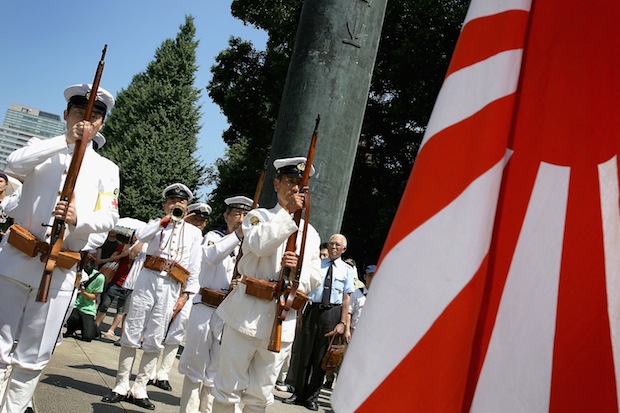

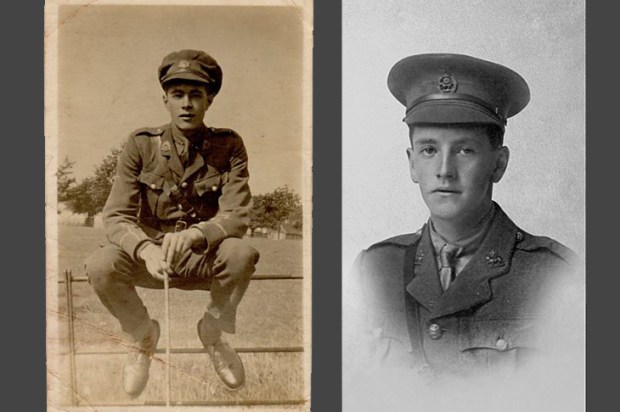
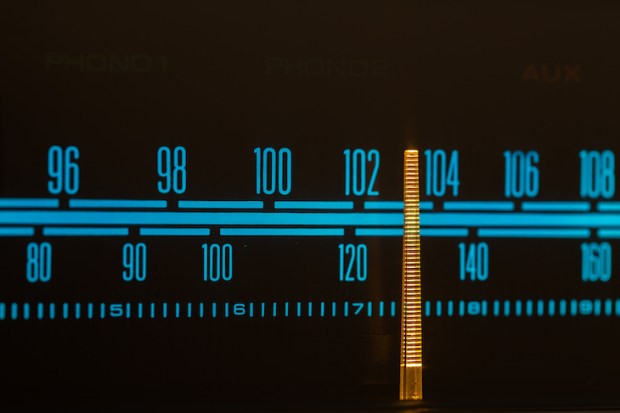
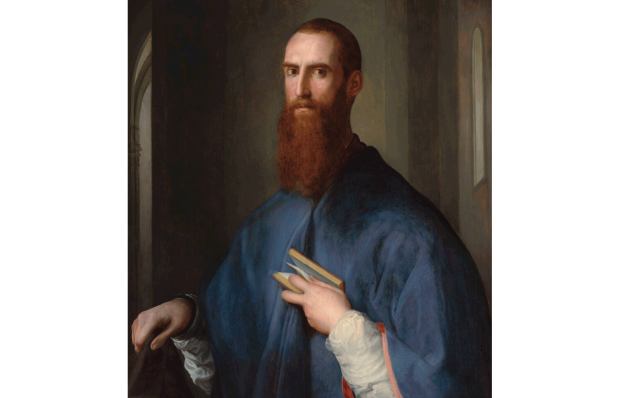
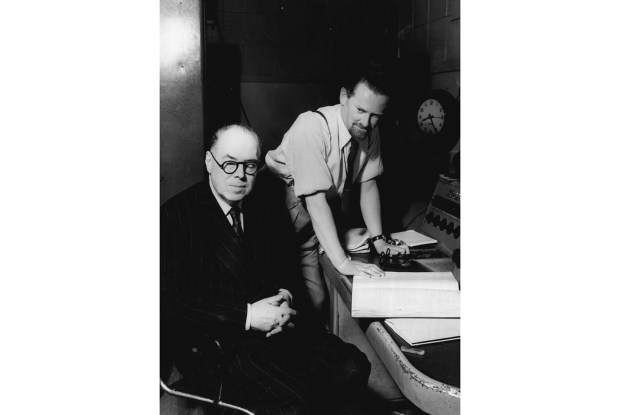
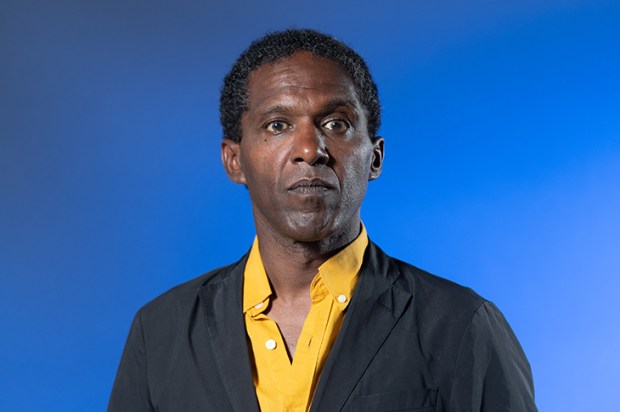






Comments
Don't miss out
Join the conversation with other Spectator Australia readers. Subscribe to leave a comment.
SUBSCRIBEAlready a subscriber? Log in